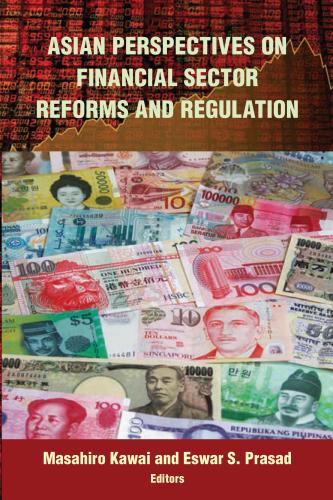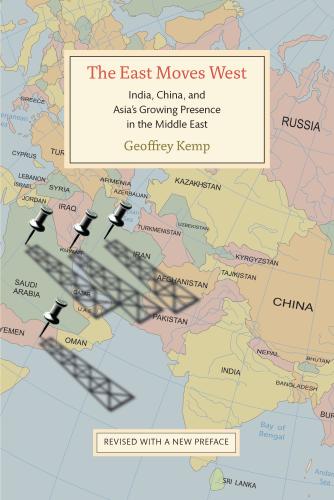Although a key driver of China’s recent economic growth has been the growth of private sector, the reforms of the state-owned sector in the late 1990s and early 2000s may have also played an important role in China’s growth. However, the reforms of the state sector appear to have stalled after the mid-2000s, and a recent announcement from the government about its intentions to further consolidate the state-owned sector may portend a new effort to revive these reforms.
In “Grasp the Large, Let Go of the Small: The Transformation of the State Sector in China,” Chang-Tai Hsieh and Zheng (Michael) Song, both of the University of Chicago’s Booth School of Business, examine the Chinese industrial revolution over the last two decades, in which the government has privatized or closed small state-owned firms, merged large state-owned firms into large industrial groups under the control of the Chinese state, and created many new and large firms. Overall, these government actions have accounted for 23.2 percent of the aggregate growth in the industrial sector from 1998-2007, the authors find.
The corporate transformation has been dramatic, they find, with state-owned firms accounting for about 50 percent of industrial output as recently as 1998, but declining to about 30 percent by 2005, with it continuing to fall since then. In addition, they note the size of the remaining firms is quite large: 67 of the 69 Chinese companies in Fortune Magazine’s 2014 list of the 500 largest companies in the world are state-owned.
The transformation has resulted in a more efficient Chinese labor market, with improved productivity at the surviving state-owned firms and privatized state-owned firms, even growing at a faster rate than the surviving private firms. As a result, average labor productivity of state owned firms increased by almost 70 percent (relative to private firms in the same industry) from 1998-2007, they find.
An example the authors point to is the Baoshan Steel Company, which is currently the largest steel producer in China and the second-largest steel producer in the world. Based in Shanghai, it became a publicly traded company in 2000, with the controlling share held by the BaoSteel Group, a holding company that is wholly owned by the Chinese central government. Baoshan has done very well since the late 1990s, they write, with total sales increasing from $2.8 billion in 1998 to $ 17 billion by 2007, while profits increased 20-fold (from $122 million in 1998 to $2.5 billion by 2007).
But there is evidence that the reforms stalled after the mid-2000s. “While the concern in the late 1990s was over the threat posed by the non-performing loans of state-owned firms, the concern now is that the state-owned firms are too successful,” they write. “A new popular phrase in China is ‘guo jin min tui’ which translates roughly as ‘state advances, private sector retreats.’ Implicit in this slogan is the recognition that state-owned firms have been successful, but their success has had negative aggregate effects.” They find little evidence of this effect from 1998 to 2007, but raise the possibility that this may have been the case in more recent years.
The Brookings Institution is committed to quality, independence, and impact.
We are supported by a diverse array of funders. In line with our values and policies, each Brookings publication represents the sole views of its author(s).









